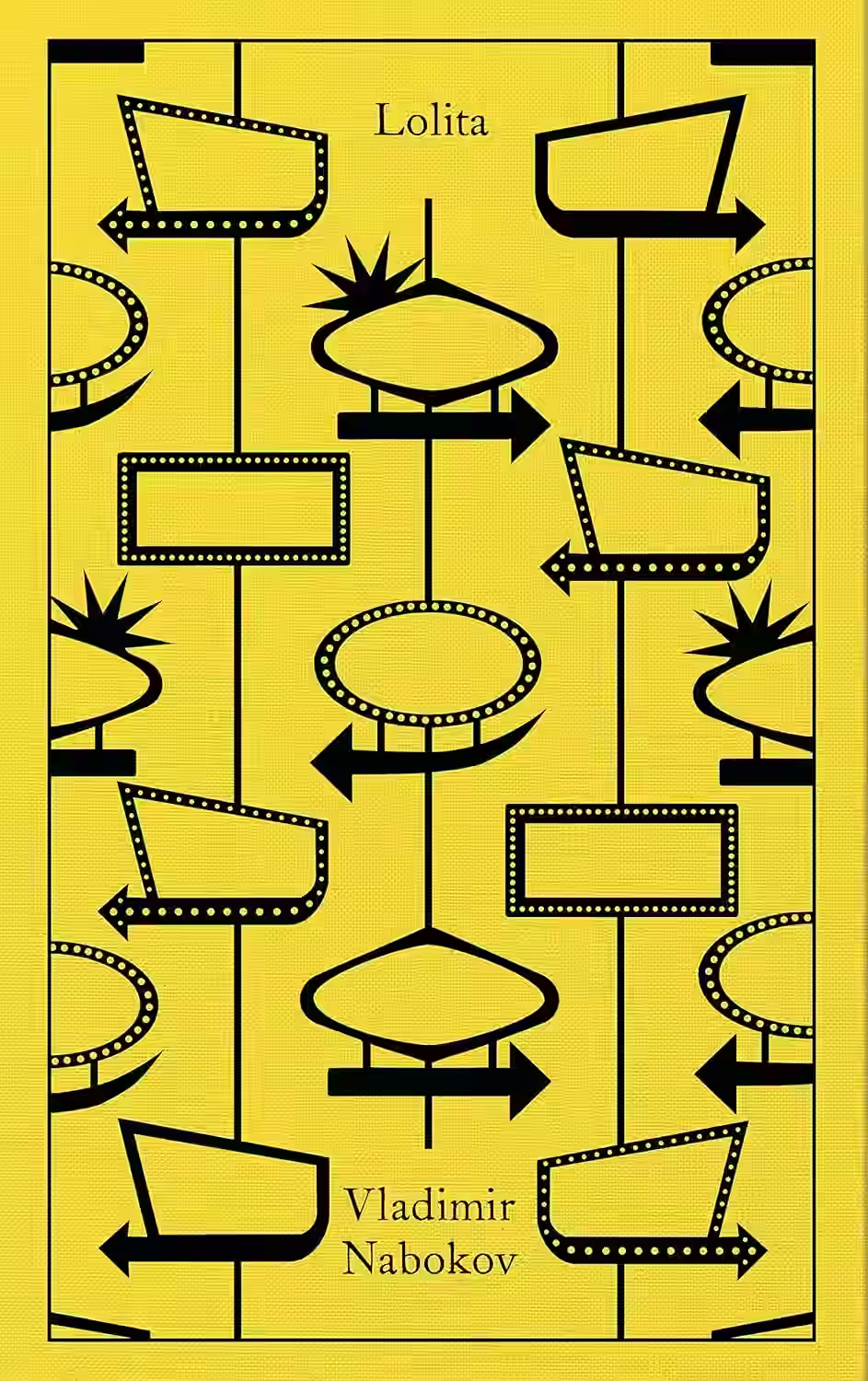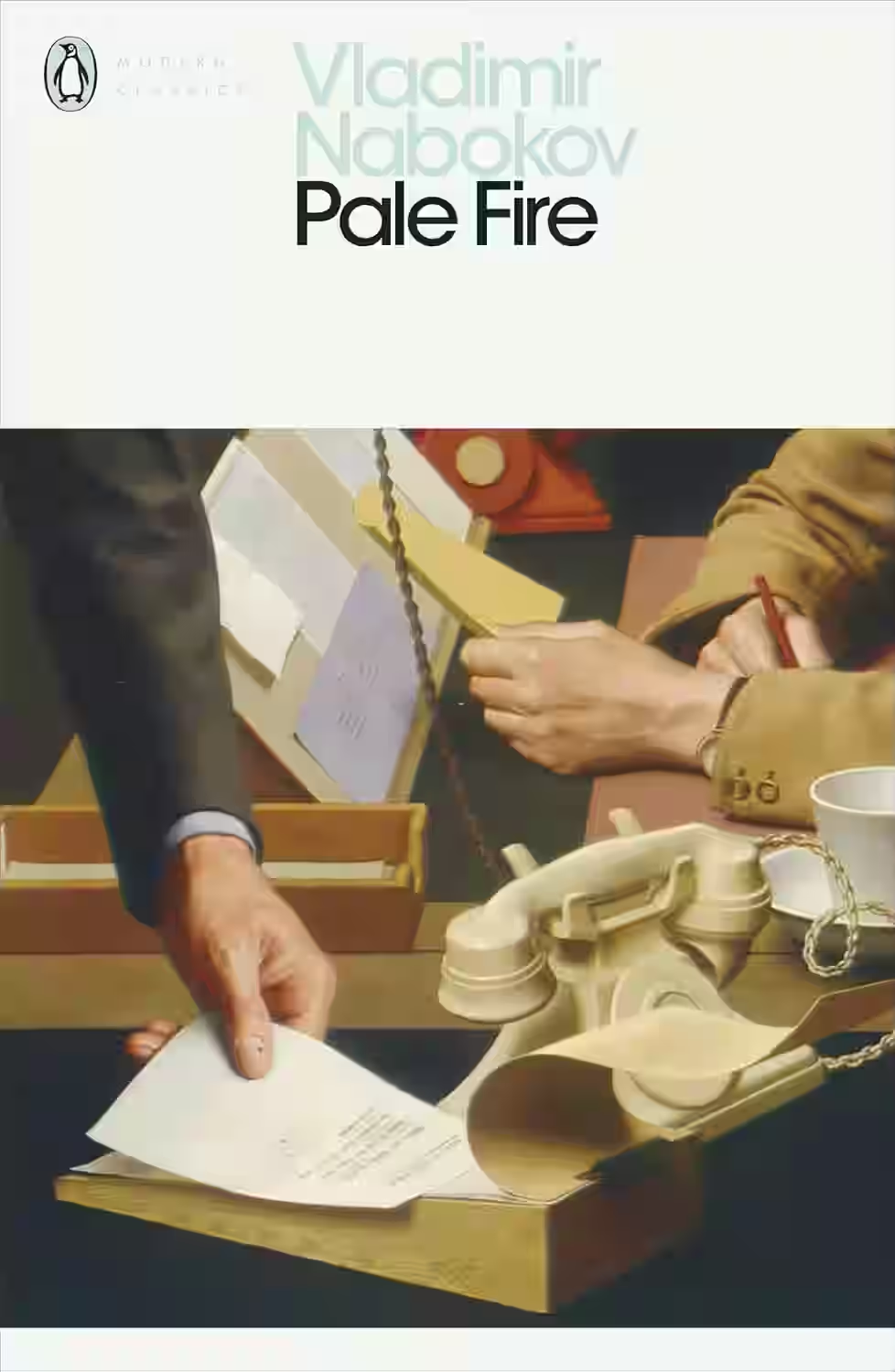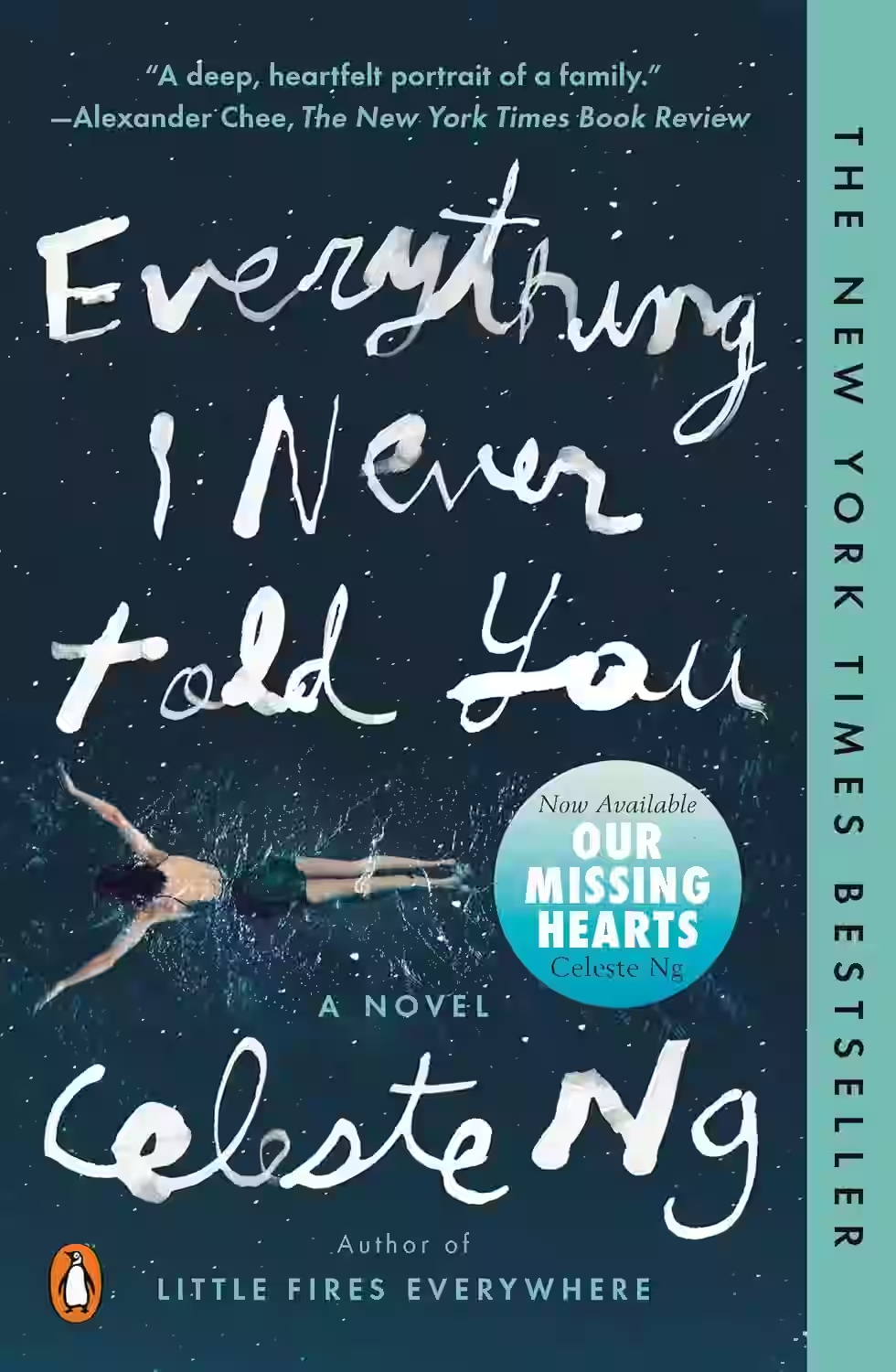
Vladimir Nabokov's controversial masterpiece 'Lolita' delves into the psychological complexities of Humbert Humbert, a middle-aged literature professor, and his disturbing obsession with a twelve-year-old girl named Dolores Haze, whom he nicknames Lolita. Through Humbert's unreliable narration, the novel explores themes of desire, obsession, and the destructive nature of forbidden love. Nabokov's exquisite prose and intricate wordplay make 'Lolita' a literary marvel, despite its unsettling subject matter. The novel's impact on literature and culture is profound, challenging readers to confront uncomfortable truths about human nature and societal taboos.
About Vladimir Nabokov
Vladimir Nabokov (1899-1977) was a Russian-American novelist, poet, and entomologist best known for his intricate and innovative writing style. Born into a wealthy family in St. Petersburg, Nabokov fled Russia during the Bolshevik Revolution and eventually settled in the United States. His most famous work, 'Lolita,' published in 1955, elicited both admiration and controversy for its exploration of taboo themes. Nabokov's writing often juxtaposed lyrical language with dark, complex subject matter, showcasing his mastery of wordplay and storytelling. His work has had a lasting impact on literature, influencing generations of writers with his unique blend of wit, intellect, and imagination.
Other Books by Vladimir Nabokov

Pale Fire
Vladimir Nabokov's 'Pale Fire' is a brilliantly conceived novel that blurs the lines between poetry and prose, fiction and criticism. At its center is a 999-line poem by the fictional poet John Shade, accompanied by an extensive commentary by his self-appointed editor, Charles Kinbote. The novel masterfully unfolds through Kinbote's verbose footnotes, which reveal his obsession with both the poem and Shade himself. Themes of artifice, madness, and the nature of textual interpretation are explored as Kinbote's commentary becomes increasingly detached from the poem, presenting a narrative of his own deluded reality. 'Pale Fire' is a metafictional masterpiece illustrating Nabokov's genius for linguistic play and deceptive storytelling, challenging readers to discern layers of meaning beneath its complex surface.
Similar Books

The Sense of an Ending
Tony Webster, a retired man, reflects on his youth and the events that shaped his life, particularly his relationships with a close friend and a former girlfriend. As he delves into his past, Tony grapples with the reliability of memory and the consequences of his actions. Barnes' novel is a meditation on aging, regret, and the elusive nature of truth.

The Wildlands
by Abby Geni
In 'The Wildlands,' Abby Geni crafts a haunting exploration of loss, survival, and ecological reverence amidst a world scarred by disaster. Set in the aftermath of a catastrophic tornado that obliterates a family farm in rural Oklahoma, the novel follows the McCloud siblings as they grapple with poverty and fragmented dreams. Significant themes include the transformative power of grief and the unique bonds formed in shared hardship. Geni interweaves elements of a thrilling adventure with profound contemplations on humanity’s impact on the natural world. Engaging and poetic, 'The Wildlands' invites readers into its vivid landscapes and complex character dynamics.

East of Eden
Set in the rich farmland of the Salinas Valley, California, this powerful, often brutal novel, follows the interwined destinies of two families - the Trasks and the Hamiltons - whose generations hopelessly re-enact the fall of Adam and Eve and the poisonous rivalry of Cain and Abel. Here Steinbeck created some of his most memorable characters and explored his most enduring themes- the mystery of indentity; the inexplicability of love, and the murderous consequences of love's absence.

Everything I Never Told You
by Celeste Ng
In 'Everything I Never Told You' by Celeste Ng, the Lee family is shattered by the mysterious death of their daughter, Lydia. Set in the 1970s, the book explores themes of identity, family dynamics, and the pressure to conform to societal expectations. Ng delicately weaves together the past and present, unraveling family secrets and the complexities of human relationships. Through lyrical prose and compelling characters, the novel delves into the consequences of unspoken truths and the impact of cultural and racial tensions. It is a poignant and thought-provoking exploration of love, loss, and the struggle for acceptance.